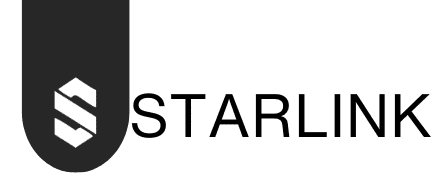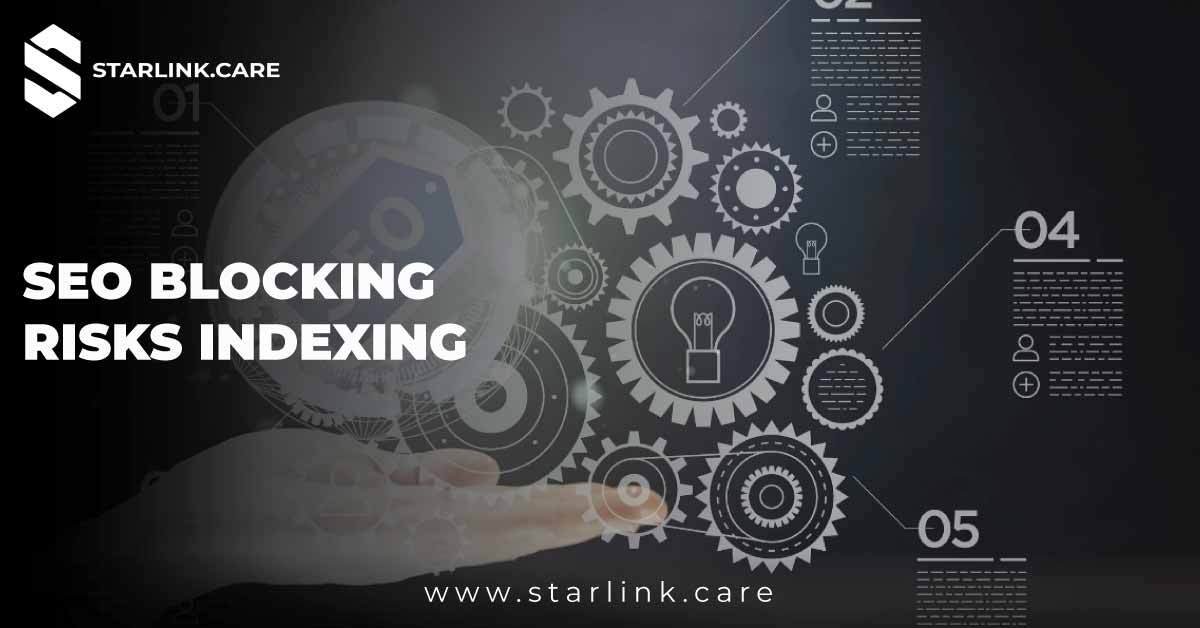Understanding SEO Blocking Risks Indexing: A Comprehensive Guide
In the world of search engine optimization (SEO), understanding SEO blocking risks indexing is crucial for ensuring your website’s visibility and success. While this term might sound complex, grasping its essence is vital for maintaining your site’s performance. This article will explain what SEO blocking risks indexing means, highlight common issues, and provide practical steps to avoid them.
What Is SEO Blocking Risks Indexing?
SEO blocking risks indexing refers to the potential problems that arise when search engines are unintentionally prevented from indexing a webpage or website. Indexing is the process by which search engines like Google crawl your site, analyze its content, and store it in their database.
Why Indexing Matters
Imagine opening a new bakery in town. If you don’t put up a sign, no one will know it’s there, regardless of how delicious your pastries are. Similarly, indexing is like putting up a sign for your website. Without proper indexing, your site remains hidden from search engines and, consequently, from potential visitors. Proper indexing ensures that your content is discoverable and can reach your target audience.
Common SEO Blocking Risks
Several common issues can prevent your site from being indexed properly. Understanding these risks can help you avoid potential problems and keep your content visible.
1. Robots.txt File
The robots.txt file is a crucial tool for directing search engine crawlers. This file provides instructions on which parts of your site search engines should visit and which parts they should avoid. If configured incorrectly, it can block important pages from being indexed.
For example, if your robots.txt file contains, it tells search engines not to crawl any part of your site. Regularly reviewing and updating your robots.txt file can prevent accidental blocking of valuable pages. Learn more about robots.txt.
2. Meta Tags
Meta tags are snippets of text in your HTML code that provide information about your page. Specifically, the <meta name="robots" content="noindex"> tag instructs search engines not to index a page. This can be useful for pages like login screens or administrative areas, but using it incorrectly can prevent important content from being indexed.
Therefore, if you notice that some of your pages are not appearing in search results, check for any noindex meta tags and correct them as needed. Explore meta tags in SEO.
3. Noindex HTTP Header
An HTTP header can also prevent search engines from indexing content. For instance, if your server sends a X-Robots-Tag: noindex header, it tells search engines to skip indexing that content. While this can be useful for certain file types or content, it should be used carefully to avoid unintended consequences.
To manage HTTP headers effectively, consult with your web hosting provider or developer. Learn about HTTP headers and SEO.
4. Password Protection
If parts of your site are password-protected, search engines won’t be able to access or index them. This is often used for development or staging environments. However, if these sections should be public, you need to adjust the settings accordingly.
Therefore, use tools that simulate how search engines view your site to ensure your content is accessible and indexable. Check how search engines view your site.
5. Canonicalization Issues
Canonicalization involves specifying the preferred version of a page when there are duplicates. Incorrect canonical tags can lead search engines to index the wrong version of a page or none at all.
To avoid canonical issues, use canonical tags correctly and manage duplicate content effectively. Tools like Google Search Console can help you identify and resolve these problems. Learn about canonical tags.
How to Avoid SEO Blocking Risks
To ensure your website is properly indexed and visible to search engines, follow these steps:
- Regularly Review Robots.txt: Regularly check your robots.txt file to make sure it’s not inadvertently blocking important pages. Ensure it allows access to content that should be indexed.
- Inspect Meta Tags: Review your meta tags to ensure that crucial pages are not using the
noindextag unintentionally. Correct any meta tags that might block important content. - Check HTTP Headers: Verify that HTTP headers are not set to prevent indexing. Review server settings and configurations to ensure proper indexing.
- Monitor Password Protection: Ensure that any password-protected sections are intended to be non-public. If these sections should be visible, adjust the settings accordingly.
- Manage Canonical Tags: Use canonical tags correctly to address duplicate content issues. Regularly review your site for duplicate pages and set appropriate canonical URLs.
Conclusion
Understanding and managing SEO blocking risks indexing is essential for maintaining your site’s visibility and accessibility. .If you’re looking to enhance your site’s SEO and avoid these common issues, consider investing in professional SEO tools or consulting services. With the right tools and strategies, you can boost your site’s performance and achieve higher search engine rankings.







